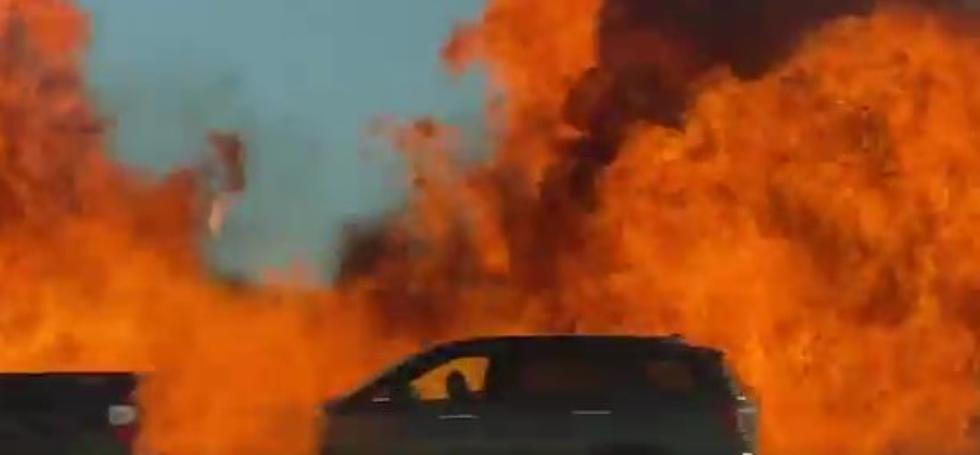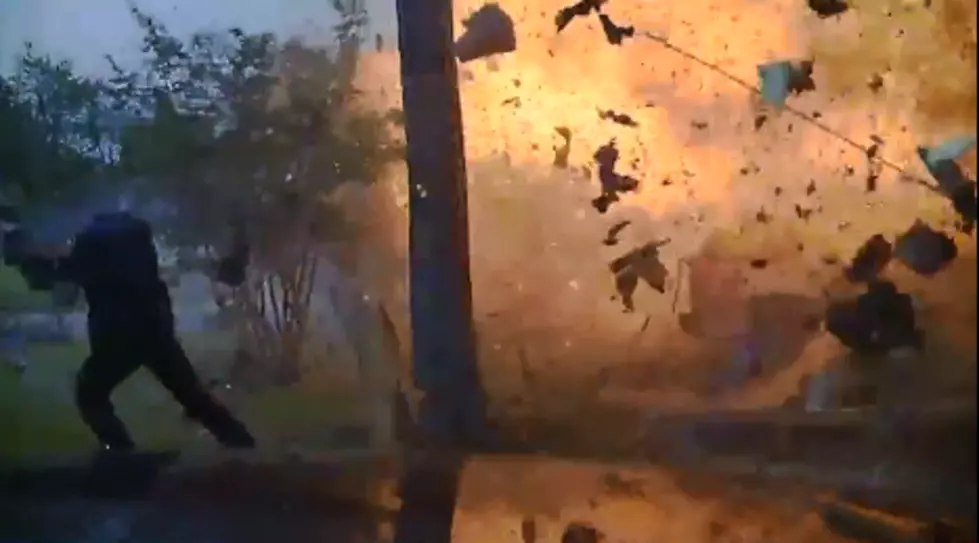![Space Shuttle Challenger Explosion – 30 Years Ago Today [VIDEO, PHOTOS]](http://townsquare.media/site/175/files/2012/01/Challenger_explosion.jpg?w=980&q=75)
Space Shuttle Challenger Explosion – 30 Years Ago Today [VIDEO, PHOTOS]
Do you remember where you were the day the Space Shuttle Challenger exploded? I was a student at G.H. Kirby Junior High School on January 28, 1986. About a dozen or so of us were in the school locker room getting dressed and preparing to continue our school day. By this time, space shuttle flight was nothing too exciting to watch. It had become routine for the nation to see it happen now and again. But that days launch was anything but routine.
This mission marked the first time that a civilian would be launched into space. School teacher Christa McAuliffe, a 37 year-old mother of two young children from Boston, was to be the first 'Teacher in Space'. This mission quickly became of special interest to the entire country. We had been talking about it in school for days prior to the launch. This was to be a day of celebration; a milestone moment was about to take shape. But just 73 seconds into its flight, Challenger exploded. Something had gone horribly wrong and the nation was instantly in shock.
Sometime after 11 am, our school principal, Otis C. Polk, Jr., cracked the mic on the schools PA system. His usual steady, almost jovial tone was muted as he announced to us that Challenger had apparently exploded off the coast of Cape Canaveral, FL just a few minutes earlier. This was before cell phones, before the internet, before news was instantly delivered to each of us in mere seconds. But it took little time to realize that this was a horrible event. And it's one we cannot forget.
Speculation immediately swirled as to what happened. Was it a bomb? Was it shot out of the air? Who's was at fault? Did the crew die instantly or survive the initial blast? The Rogers Commission, impaneled to investigate the disaster, was chaired by William P. Rogers, who had served as Nixon's Secretary of State and later as deputy US Attorney General. The commission concluded that failure of an O-ring in one of the solid rocket boosters led to the explosion that claimed the lives of Michael J. Smith, Dick Scobee, Ronald McNair, Ellison Onizuka, Greg Jarvis, Judith Resnik and Christa McAuliffe.
The way the event held our attention and fueled both grief and anger is comparable to the assassination of John F. Kennedy. How could this possibly happen? Christa McAuliffe's parents were there in the gallery at Cape Canaveral watching the launch that morning. We cannot even begin to imagine the feeling they must have had at that moment. They surely felt that maybe, just maybe the crew could survive. We would later find out that the crew was likely conscious for at least a few seconds after the explosion and may have remained so for the entire descent. It was also revealed that evidence showed that Challenger pilot Michael J. Smith moved switches that absolutely required human action to move. That crew, at least some of them, knew exactly what was about to happen as they fell to their deaths.
The shuttle program would remain grounded for almost three years. The next launch would not take place until September of 1988. Sadly, we would watch in horror again 17 years after Challenger, as shuttle Columbia disintegrated over Texas in February 2003, claiming the lives of all on board. On the night of January 28, 1986, President Reagan was supposed to deliver his State of the Union Address. But in light of the Challenger disaster, he chose to address the nation on the tragedy of the day instead.
More From 106.3 The Buzz
![Watch Texas Pool Equipment Explode After Freeze Last Night [VIDEO]](http://townsquare.media/site/175/files/2024/01/attachment-Screenshot-2024-01-15-112508.jpg?w=980&q=75)









